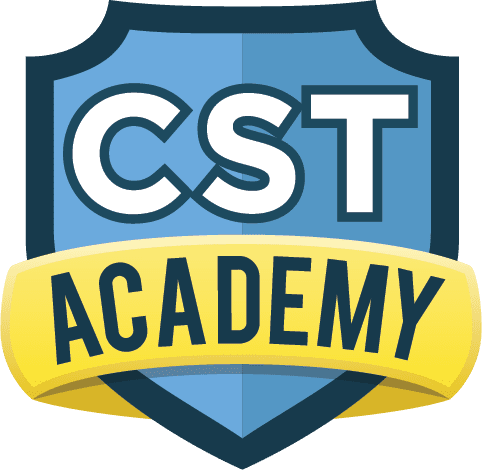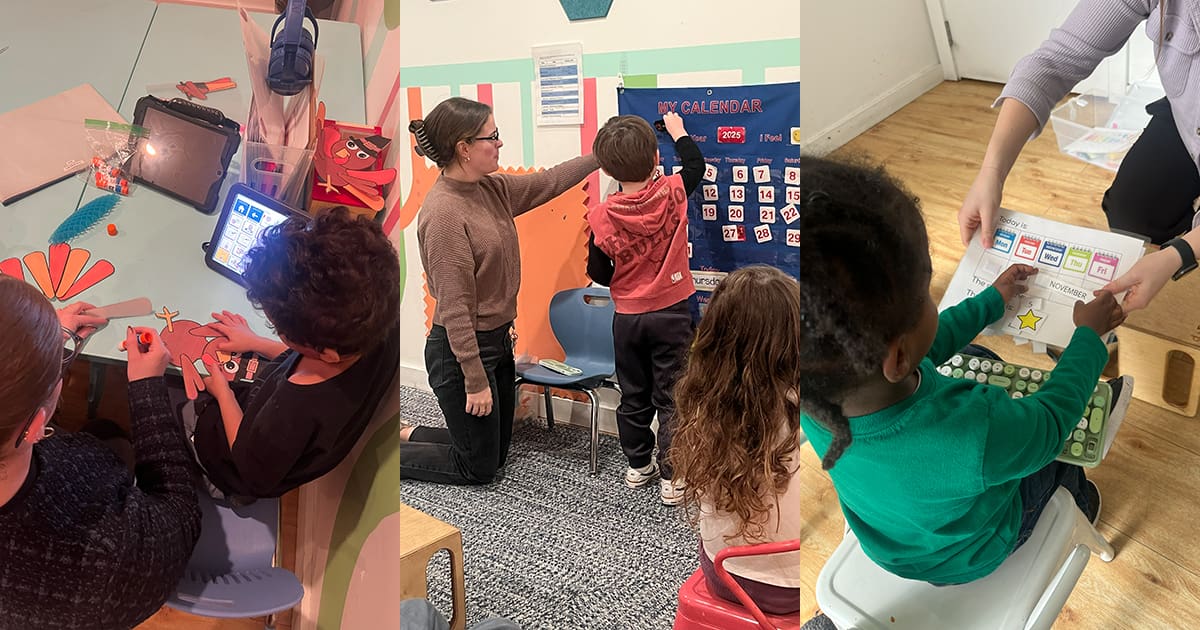Share this Post

Relaxation techniques are vital tools for helping children with autism navigate the sensory overload, anxiety, and emotional challenges they often face. For many children on the autism spectrum, the world can feel overwhelming, with bright lights, loud sounds, and unexpected changes causing heightened stress. Learning to relax not only helps children feel more comfortable but also empowers them with skills to self-regulate and build emotional resilience.
At CST Academy, we understand that relaxation is not one-size-fits-all. Every child is unique, which is why we create personalized plans to help them find their calm in a way that feels natural and supportive. Using evidence-based techniques, sensory-friendly strategies, and a nurturing environment, we help children learn relaxation skills that they can carry with them into every aspect of their lives.
Why Relaxation Techniques Are Important for Children with Autism
Children with autism often experience heightened sensitivity to sensory stimuli and challenges in regulating their emotions. Relaxation techniques provide a way for them to manage these stressors and develop essential coping skills. Here are some key benefits:
- Improved Emotional Regulation:
Relaxation helps children process their emotions, reducing meltdowns and outbursts. - Increased Focus and Attention:
Calmness enables children to engage in learning and social interactions with greater concentration. - Reduced Anxiety:
Techniques like deep breathing or mindfulness help children manage anxiety and feel more in control. - Better Sleep Patterns:
Relaxation can improve sleep quality, helping children feel more rested and ready for the day. - Enhanced Confidence:
Mastering relaxation techniques empowers children to handle challenges independently.
Common Relaxation Challenges for Children with Autism
While relaxation techniques are beneficial, children with autism may face unique challenges in learning and practicing them. These challenges include:
- Sensory Sensitivities:
Activities like meditation or yoga may initially feel uncomfortable due to heightened sensory awareness. - Difficulty with Abstract Concepts:
Techniques that rely on imagination or visualization may be harder for some children to grasp. - Resistance to Change:
Introducing new routines or relaxation exercises can feel unsettling for children who prefer consistency.
At CST Academy, we approach these challenges with patience, creativity, and a focus on each child’s individual needs, ensuring that relaxation techniques are accessible and effective.
Relaxation Techniques for Children with Autism
CST Academy integrates a variety of relaxation techniques into our programs, tailoring them to meet the unique preferences and needs of each child. Here are some of the techniques we use:
1. Deep Breathing Exercises
Breathing exercises are a simple yet powerful way to promote relaxation and reduce anxiety. By focusing on their breath, children can calm their minds and regulate their bodies.
How We Teach It:
- Using visual aids, such as pinwheels or bubbles, to make breathing exercises engaging and fun.
- Practicing “belly breathing” by placing a small toy on the child’s stomach to encourage deep, diaphragmatic breaths.
2. Sensory-Based Relaxation
Sensory-friendly tools and activities can help children self-soothe and find calm in a way that feels comfortable.
Examples Include:
- Weighted blankets or vests to provide calming deep pressure.
- Fidget toys or stress balls for tactile stimulation.
- Gentle rocking in a sensory swing to promote relaxation.
3. Progressive Muscle Relaxation (PMR)
PMR involves tensing and then relaxing different muscle groups, helping children release physical tension and become more aware of their bodies.
How We Adapt It:
- Guiding children through playful movements, such as pretending to be a robot (tensing) and then a ragdoll (relaxing).
- Using verbal prompts and visual aids to make the process easy to follow.
4. Yoga and Movement
Yoga combines physical movement with mindfulness, making it a great tool for relaxation and self-regulation.
CST Academy’s Approach:
- Incorporating child-friendly poses, such as “tree” or “cat-cow,” into therapy sessions.
- Using visual cards or videos to demonstrate poses.
- Ensuring a sensory-friendly space with soft lighting and calming music.
5. Guided Imagery and Storytelling
Guided imagery helps children visualize calming scenarios, like walking on a beach or exploring a peaceful forest.
How We Make It Work:
- Using simple, sensory-rich language to create vivid, engaging imagery.
- Incorporating props, such as pictures or sound effects, to enhance the experience.
- Keeping sessions short and tailored to the child’s attention span.
6. Mindfulness Activities
Mindfulness encourages children to focus on the present moment, helping them feel grounded and calm.
Mindfulness Techniques We Use:
- Teaching children to pay attention to their five senses (e.g., “What do you see, hear, or feel right now?”).
- Using mindfulness jars or glitter bottles to demonstrate the concept of settling thoughts.
- Practicing simple activities like “mindful eating” with sensory-friendly snacks.
7. Calming Routines
Consistency and predictability are key to helping children feel safe and relaxed. At CST Academy, we establish calming routines that children can use throughout the day.
Examples Include:
- Creating a personalized “calm corner” with sensory tools and visual aids.
- Introducing calming activities, such as reading or quiet play, before transitions or bedtime.
How CST Academy Supports Relaxation Skills
At CST Academy, our therapists work collaboratively with families to ensure relaxation techniques are seamlessly integrated into each child’s daily life. Here’s how we help:
- Personalized Relaxation Plans
We begin with an in-depth assessment of each child’s sensory preferences, triggers, and needs to create a tailored relaxation plan. - Play-Based Learning
Relaxation techniques are taught through engaging, play-based activities that make the process enjoyable and accessible for children. - Parent Coaching and Resources
We empower parents with tools, strategies, and guidance to reinforce relaxation skills at home, ensuring consistency and progress. - Inclusive Environment
Our sensory-friendly classrooms provide a safe, calming space where children can practice relaxation techniques without distractions or stress.
Why Families Trust CST Academy
Families choose CST Academy because of our commitment to providing compassionate, individualized care that supports every aspect of a child’s development. Here’s why parents trust us:
- Expert Team: Our therapists specialize in sensory integration, emotional regulation, and relaxation techniques for children with autism.
- Tailored Approach: Every plan is customized to meet the unique needs and goals of each child.
- Family Collaboration: We partner with parents to ensure relaxation skills are reinforced at home and in the community.
A Parent’s Perspective on CST Academy
“Before coming to CST Academy, my son struggled with anxiety and meltdowns. Now, he’s learned breathing exercises and mindfulness techniques that help him calm down on his own. It’s been life-changing for our family!”
Take the First Step Toward Relaxation and Growth
Relaxation techniques are powerful tools that can help children with autism feel more comfortable, confident, and in control. At CST Academy, we’re here to support your child’s journey with expert guidance, compassion, and care.
Contact us today to learn more about how our programs can help your child develop relaxation skills and thrive in every aspect of their life.
Discover Our Pediatric Therapy & Autism Care
ABA Therapy
Support for children with autism.
Autism Evaluation
Expert assessments to identify child needs.
Pediatric Therapy Services
Speech, Occupational, Feeding, and Physical Therapy.
Therapeutic Preschool
A classroom environment designed for early learners with unique needs.

Find the Best Care for Your Child




